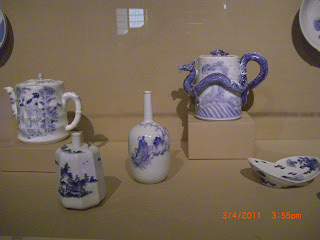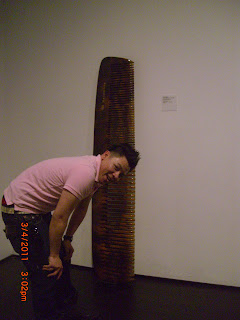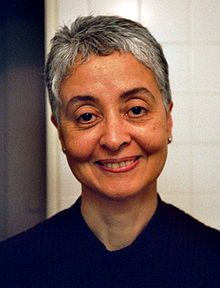LACMA is a big museum. I have never been to such a museum like this before. It is so interesting. There are many different artworks from different cultures and countries.
When I first walked in, I was impressive by this painting. It is maybe a little bit funny but deep meaning I think.
Then I reached Japanese Art building. It is a part of Asian Art. Therefore, I love it a lot. I took a lot of photos.
I like those swords. They are so sharp and cool. It seems like a symbol for Japanese men. I have watched some movies about Japanese. They use those swords to fight against their enemies. And also, if they lose, they would commit suicide by using those swords. It is maybe a tradition in Japan.
Those photos below here is Japanese pottery. It looks precise and beautiful. Decoration is vary and means something special. It can be animals like rabbit, dragon, or trees like bamboo, or even people and landscape. These pottery I think are used for royal generati
These are photo I took when I saw Japanese paintings. They are all about landscape, seasons and human activity with nature. However, when I look at those, I feel some peaceful moment inside. It is really beautiful and quiet and peaceful. I feel relaxed when looking at those paintings.
I also took some random COOL photos.






















